 Powhatan Courthouse
Powhatan Courthouse
Entry Category: State Parks
 Powhatan Courthouse
Powhatan Courthouse
Powhatan Historic State Park
Prairie Grove Battlefield State Park
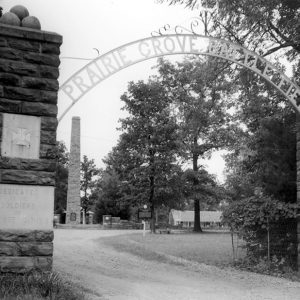 Prairie Grove Entrance
Prairie Grove Entrance
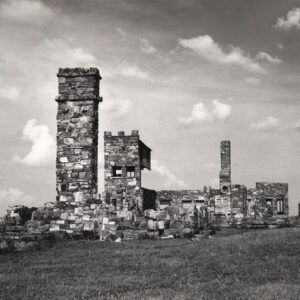 Queen Wilhelmina Lodge Ruins
Queen Wilhelmina Lodge Ruins
Queen Wilhelmina State Park
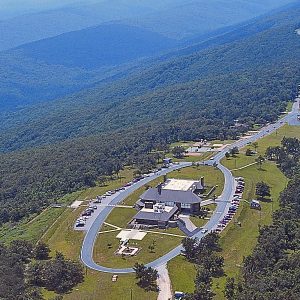 Queen Wilhelmina State Park
Queen Wilhelmina State Park
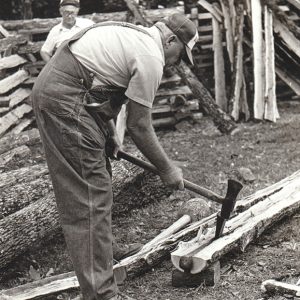 Rail Splitting
Rail Splitting
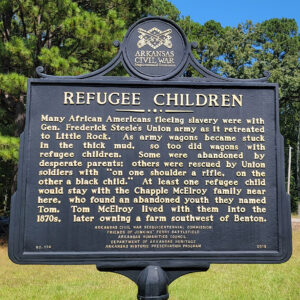 Refugee Children Marker
Refugee Children Marker
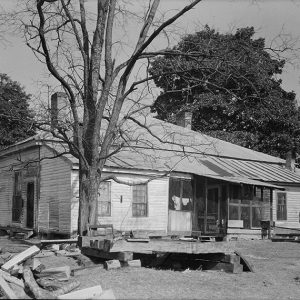 Royston House
Royston House
 Saline River at Jenkins Ferry
Saline River at Jenkins Ferry
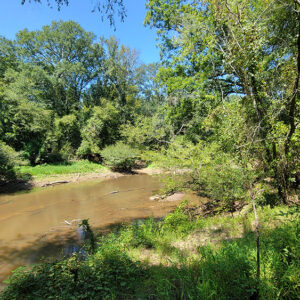 Saline River at Jenkins Ferry
Saline River at Jenkins Ferry
 Seed Warehouse No. 5
Seed Warehouse No. 5
South Arkansas Arboretum State Park
 Park Open House Brochure
Park Open House Brochure
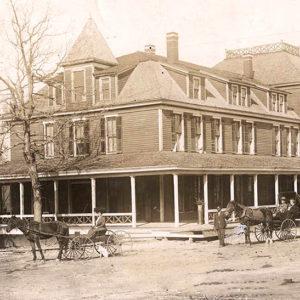 Summit Park Hotel
Summit Park Hotel
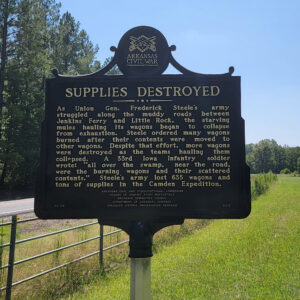 Supplies Destroyed
Supplies Destroyed
 Texas, Oklahoma and Eastern Railroad Steam Locomotive #360
Texas, Oklahoma and Eastern Railroad Steam Locomotive #360
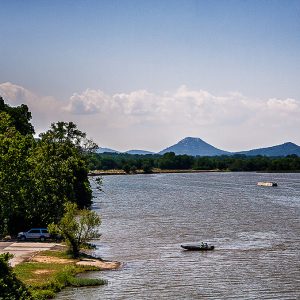 Two Rivers Park
Two Rivers Park
 Van Winkle Trail
Van Winkle Trail
Village Creek State Park
Watson State Park
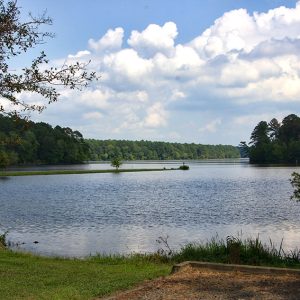 White Oak Lake Campground
White Oak Lake Campground
White Oak Lake State Park
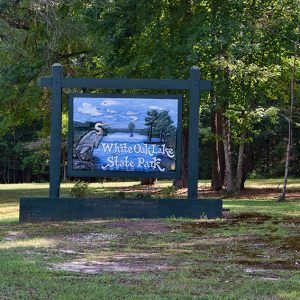 White Oak Lake State Park Entrance
White Oak Lake State Park Entrance
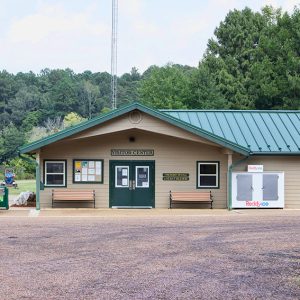 White Oak Lake Visitor Center
White Oak Lake Visitor Center
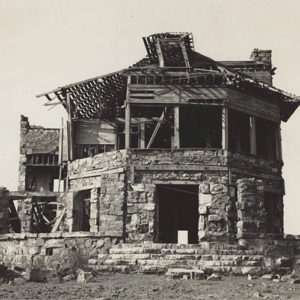 Wilhelmina Lodge
Wilhelmina Lodge
 Williams Tavern Restaurant
Williams Tavern Restaurant
Withrow Springs State Park
 Woodlawn House
Woodlawn House
Woolly Hollow State Park
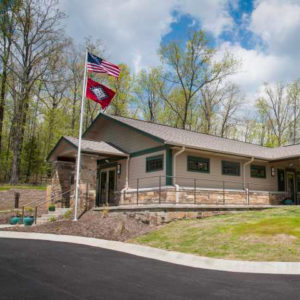 Woolly Hollow Visitors Center
Woolly Hollow Visitors Center
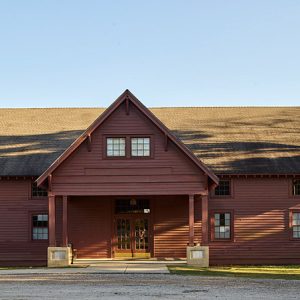 WPA Gymnasium
WPA Gymnasium
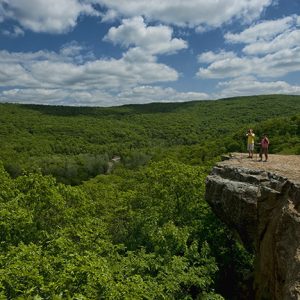 Yellow Rock Overlook
Yellow Rock Overlook




